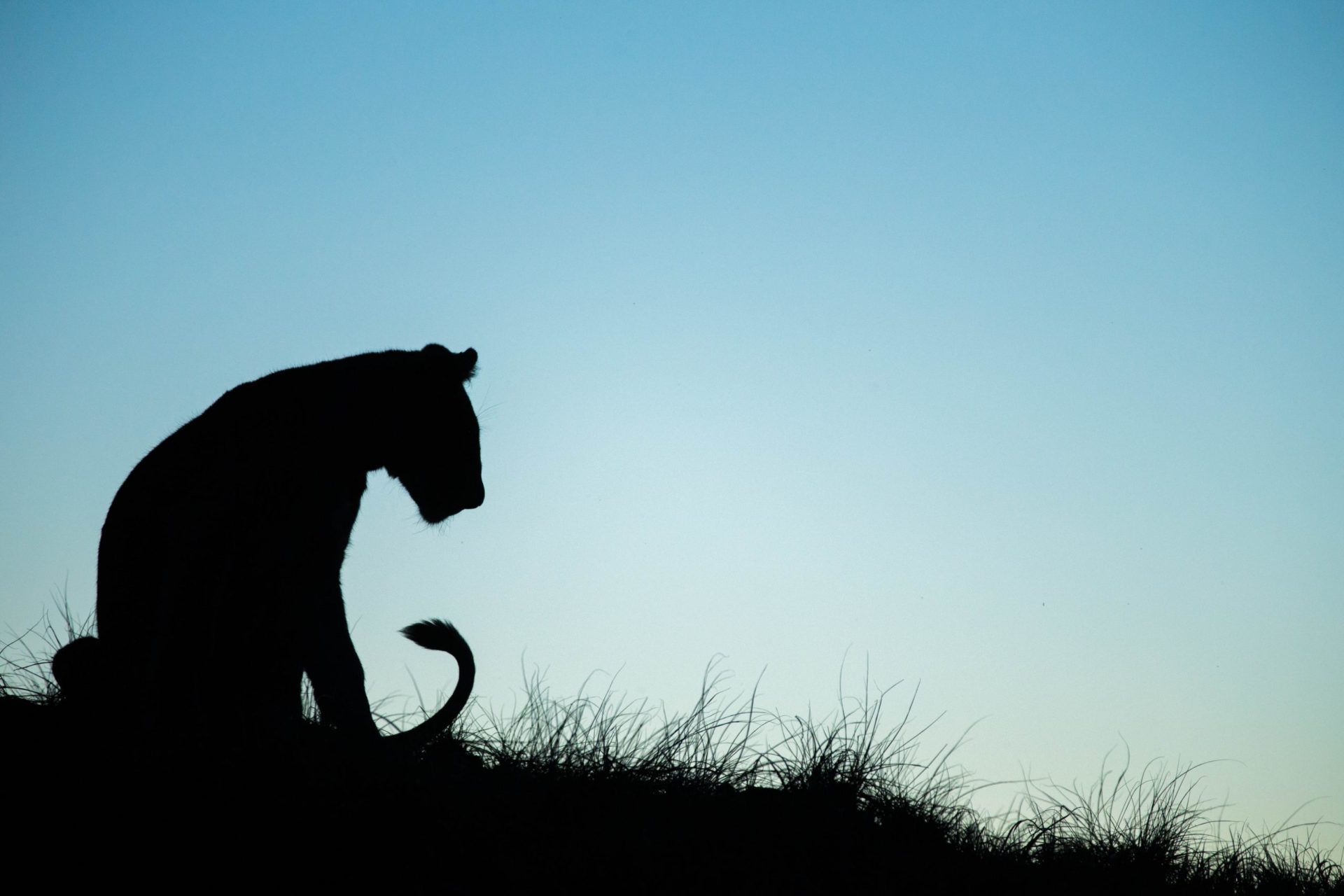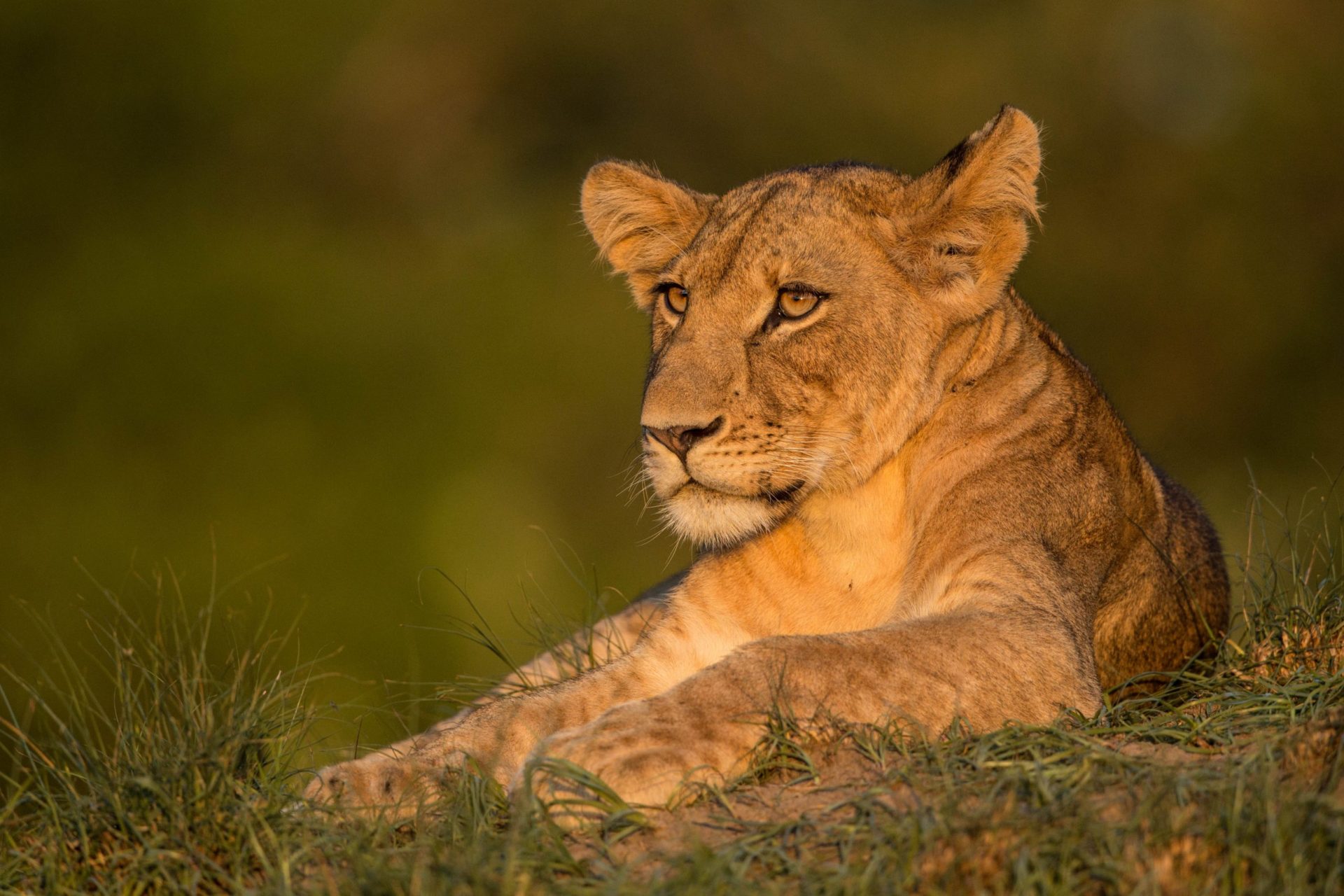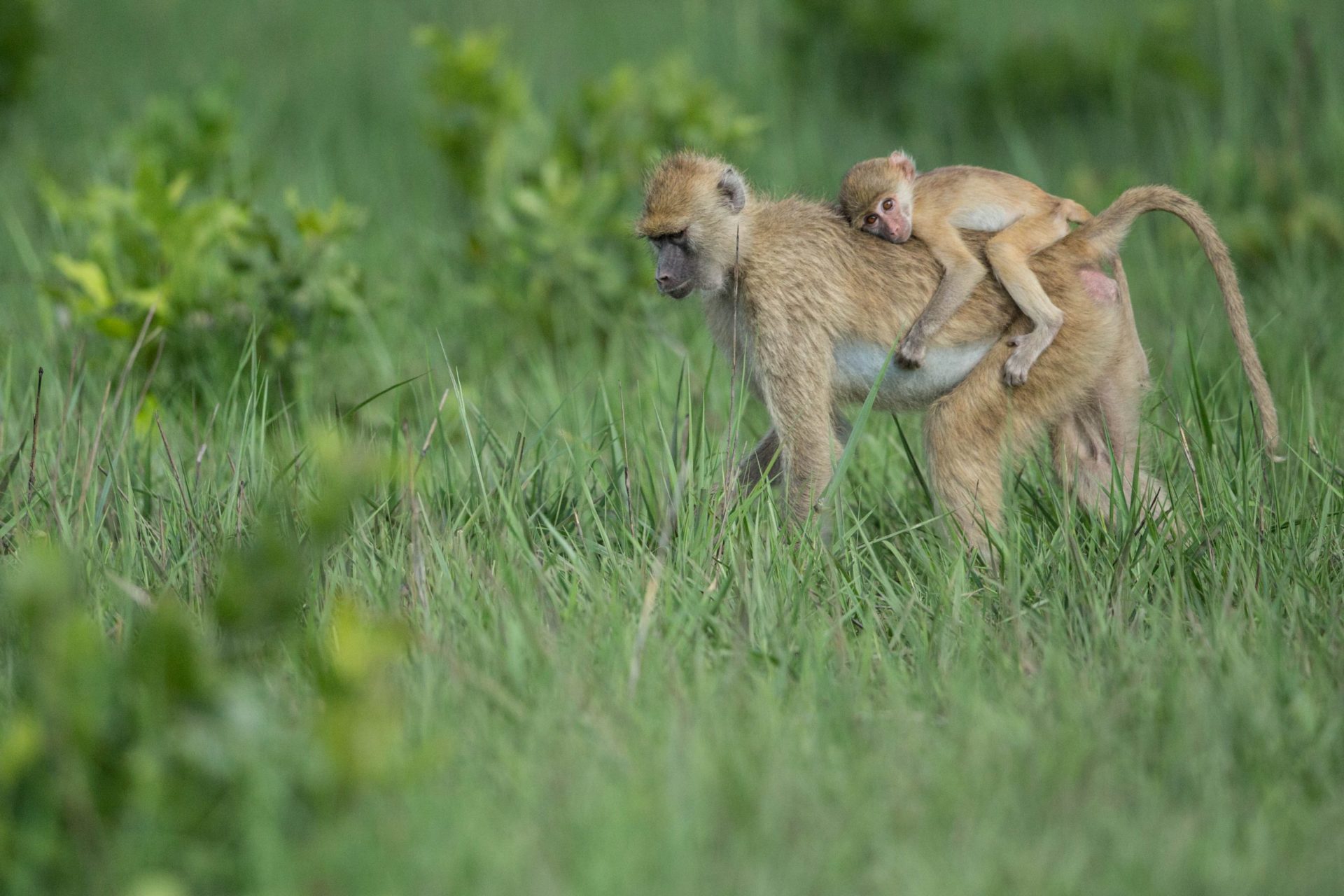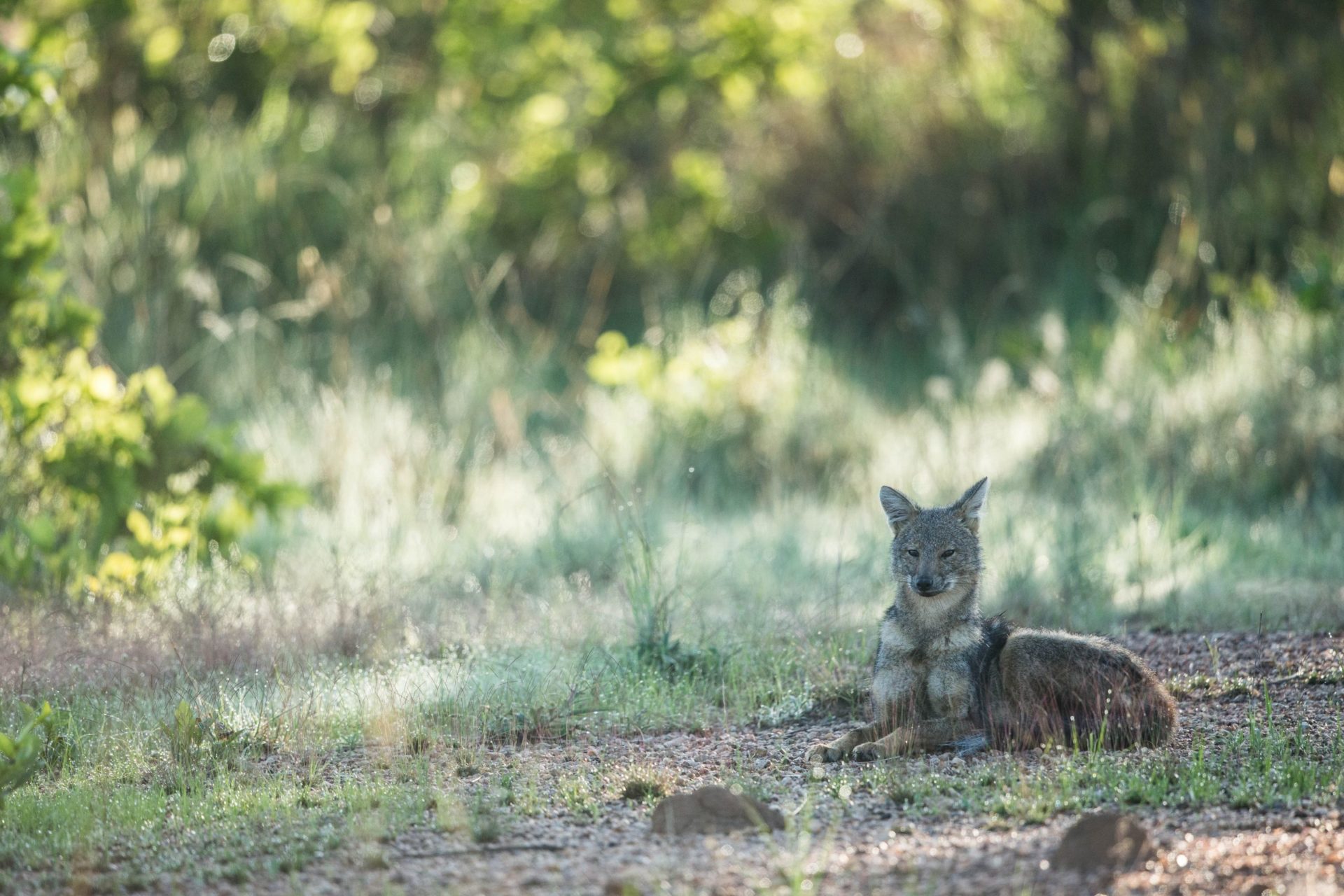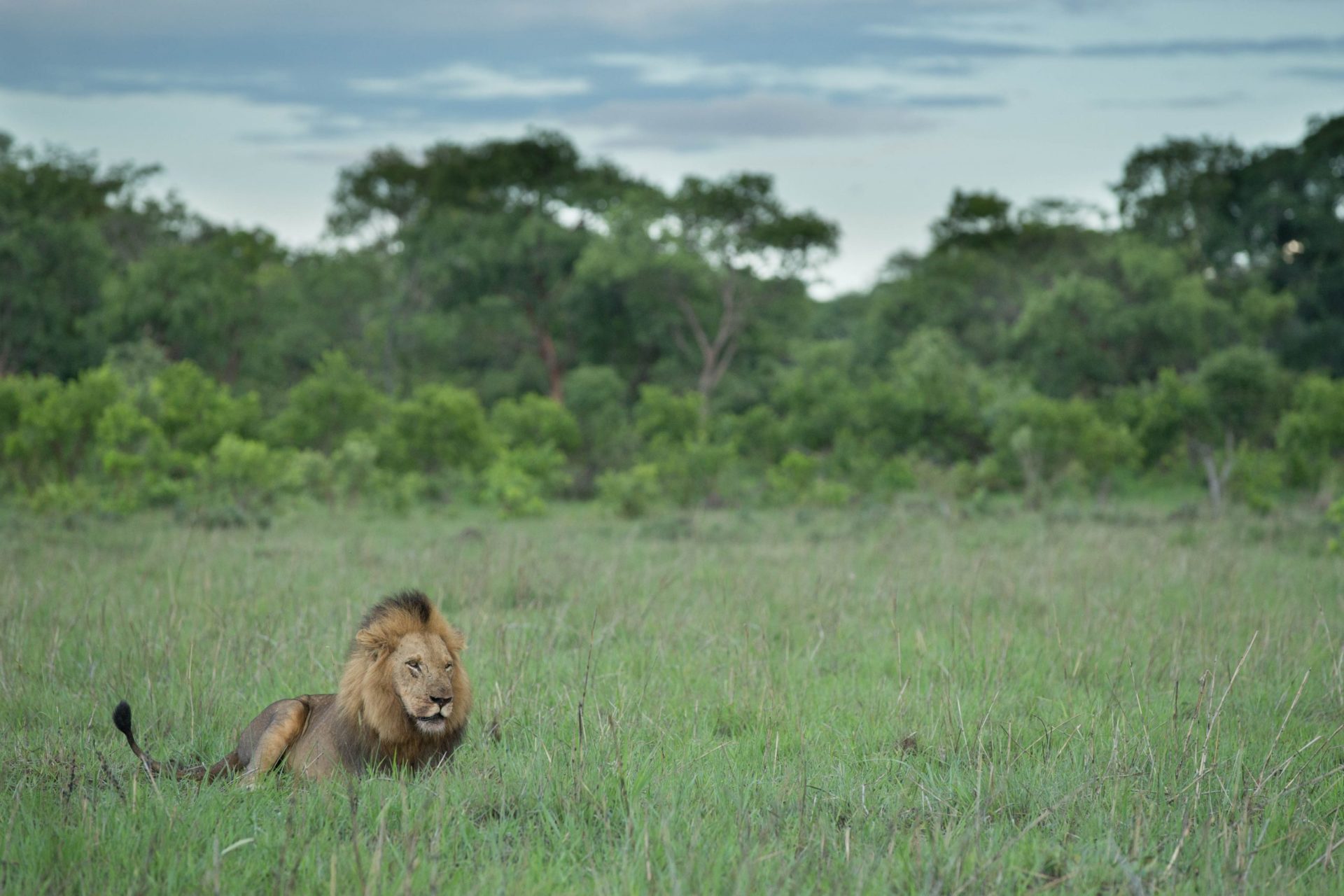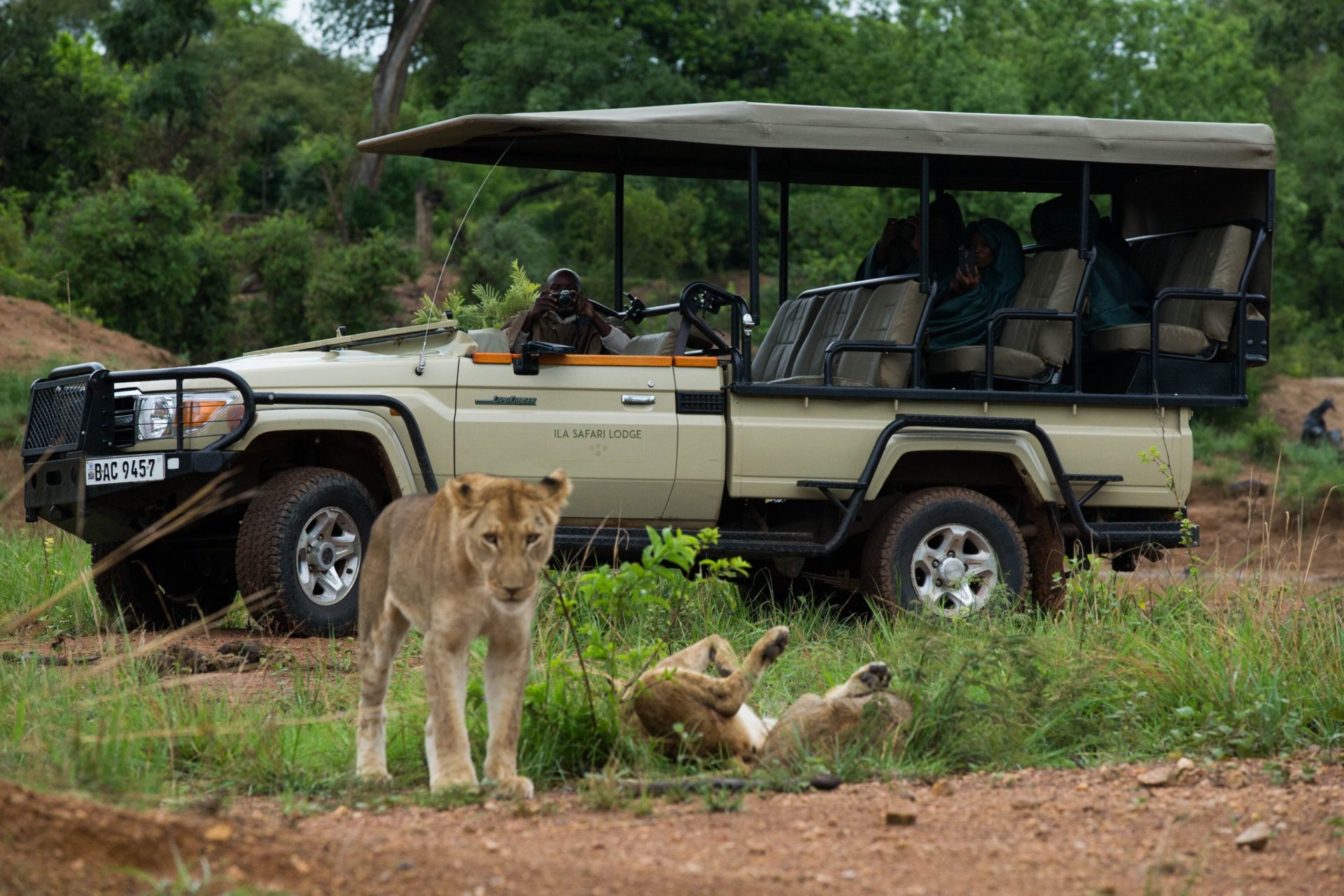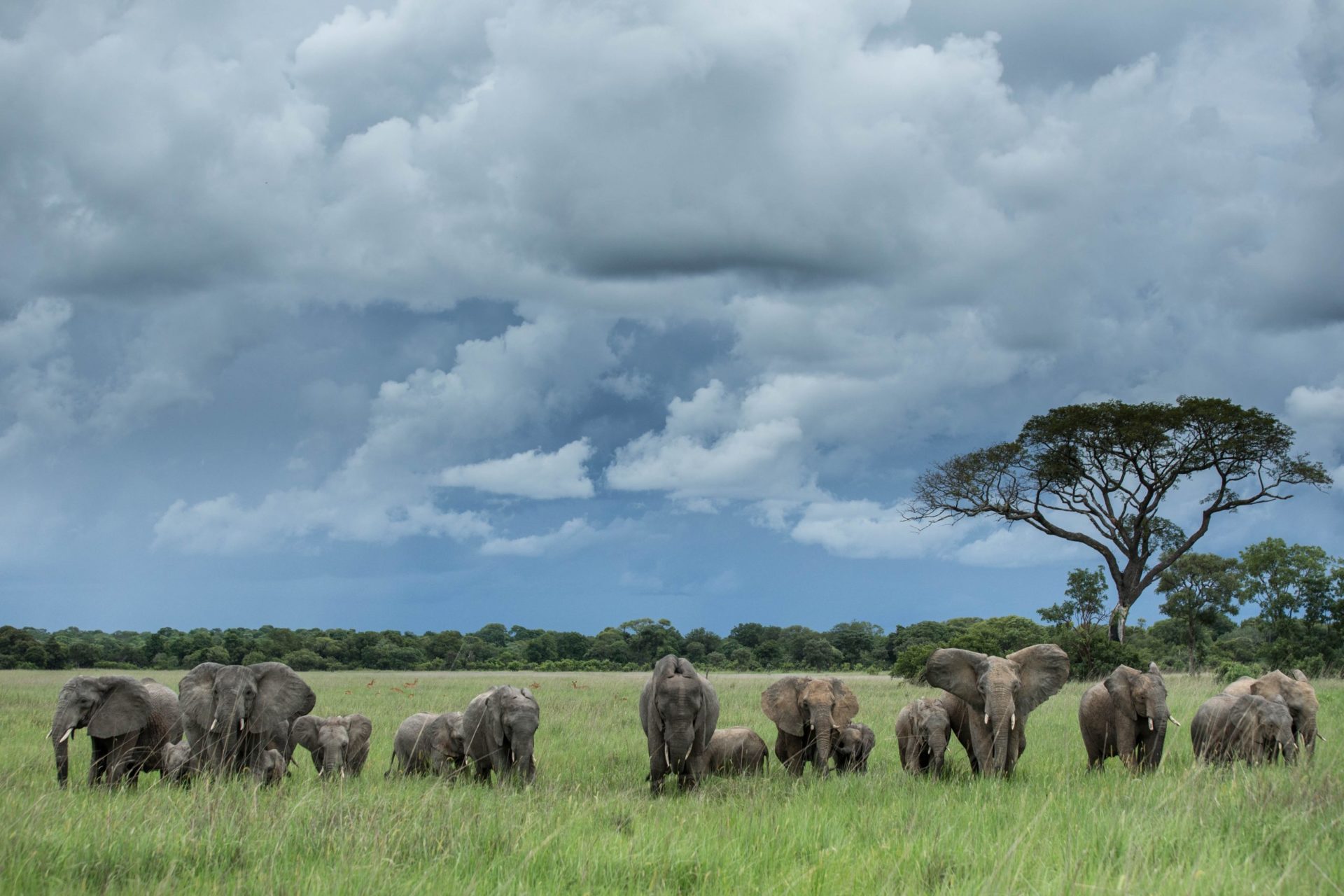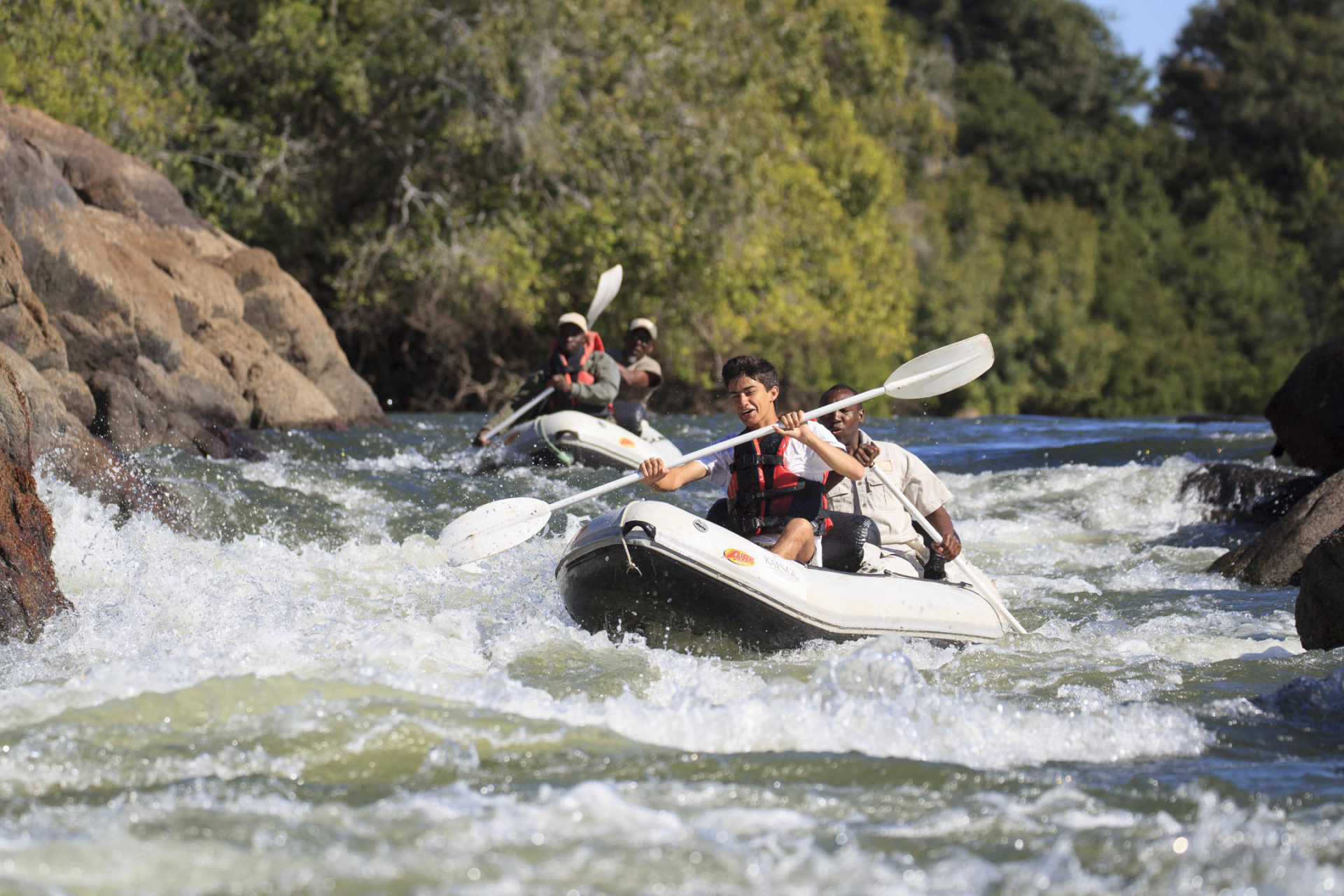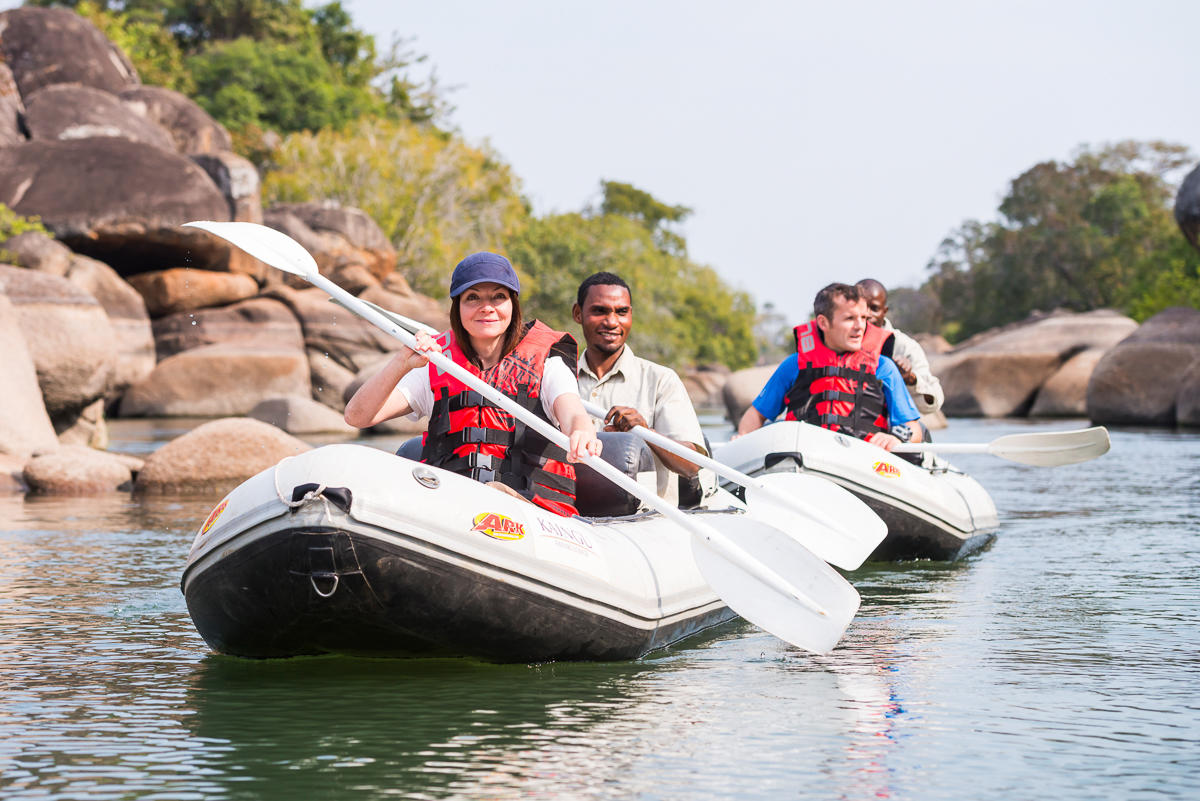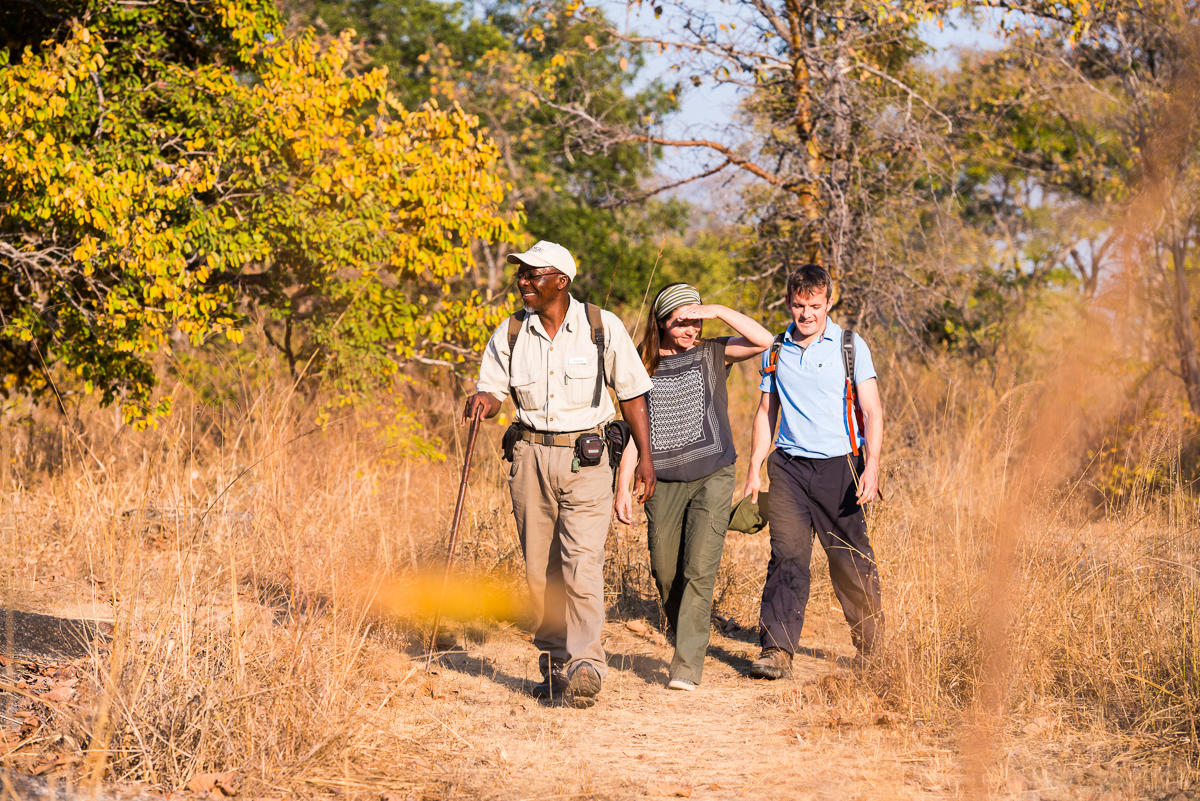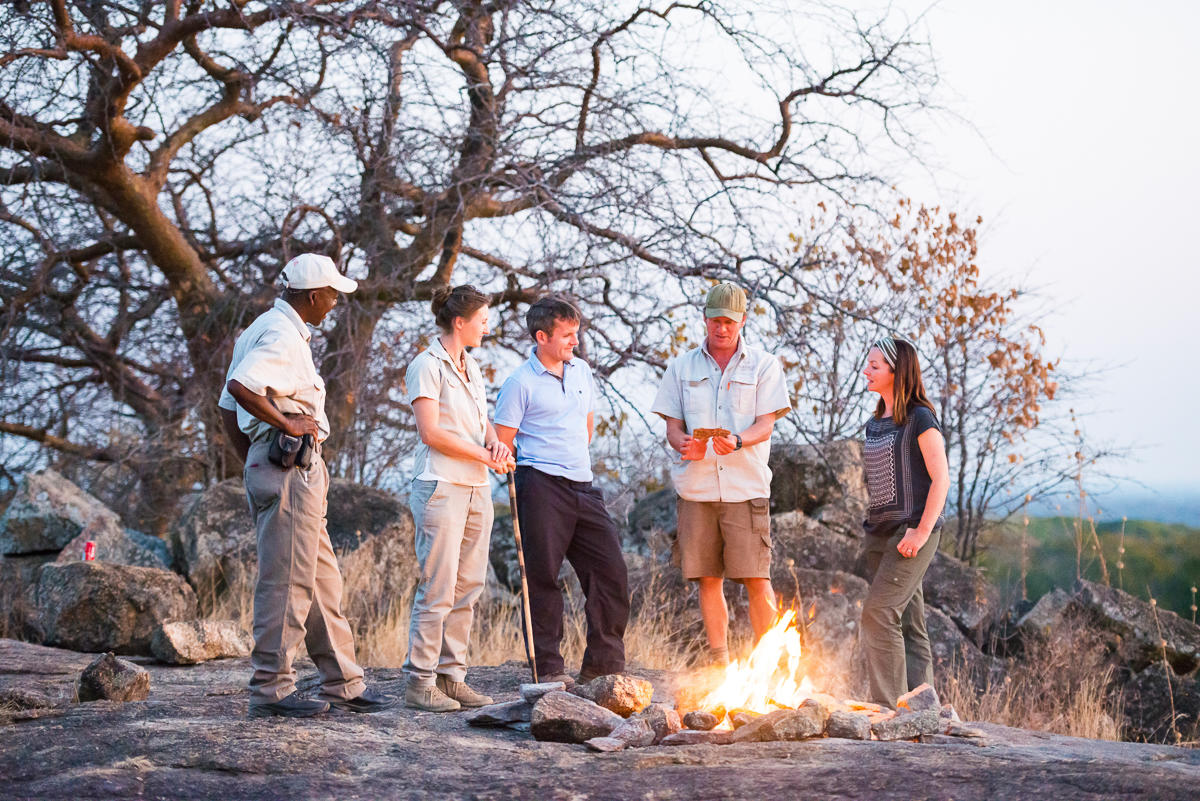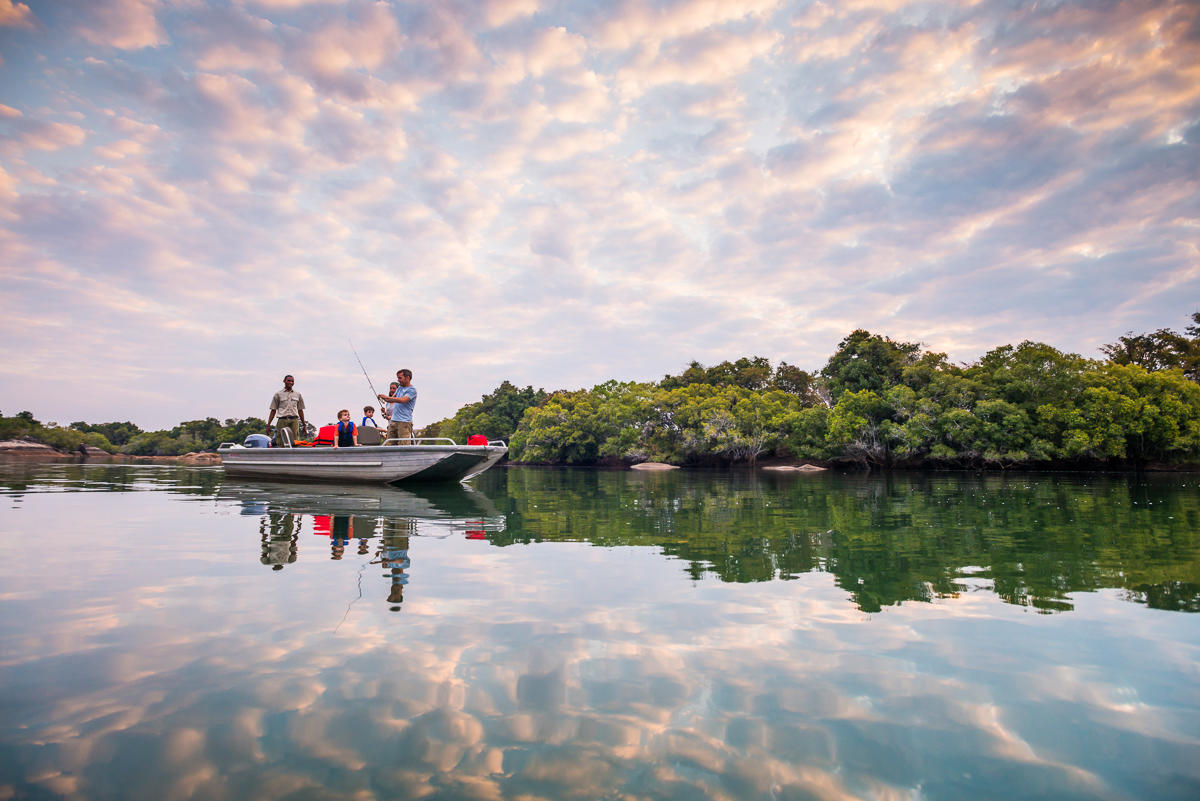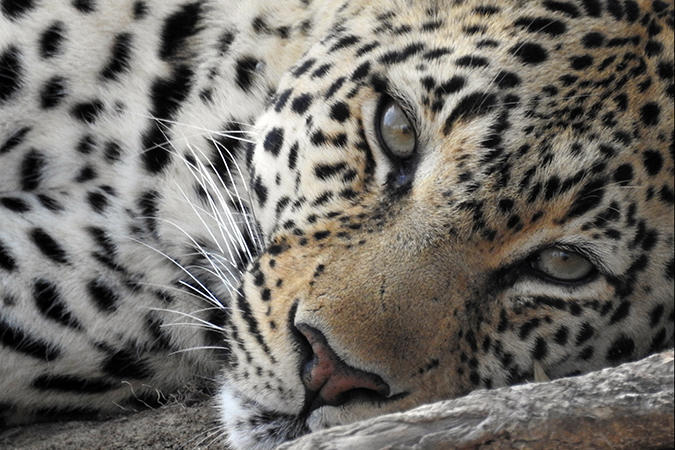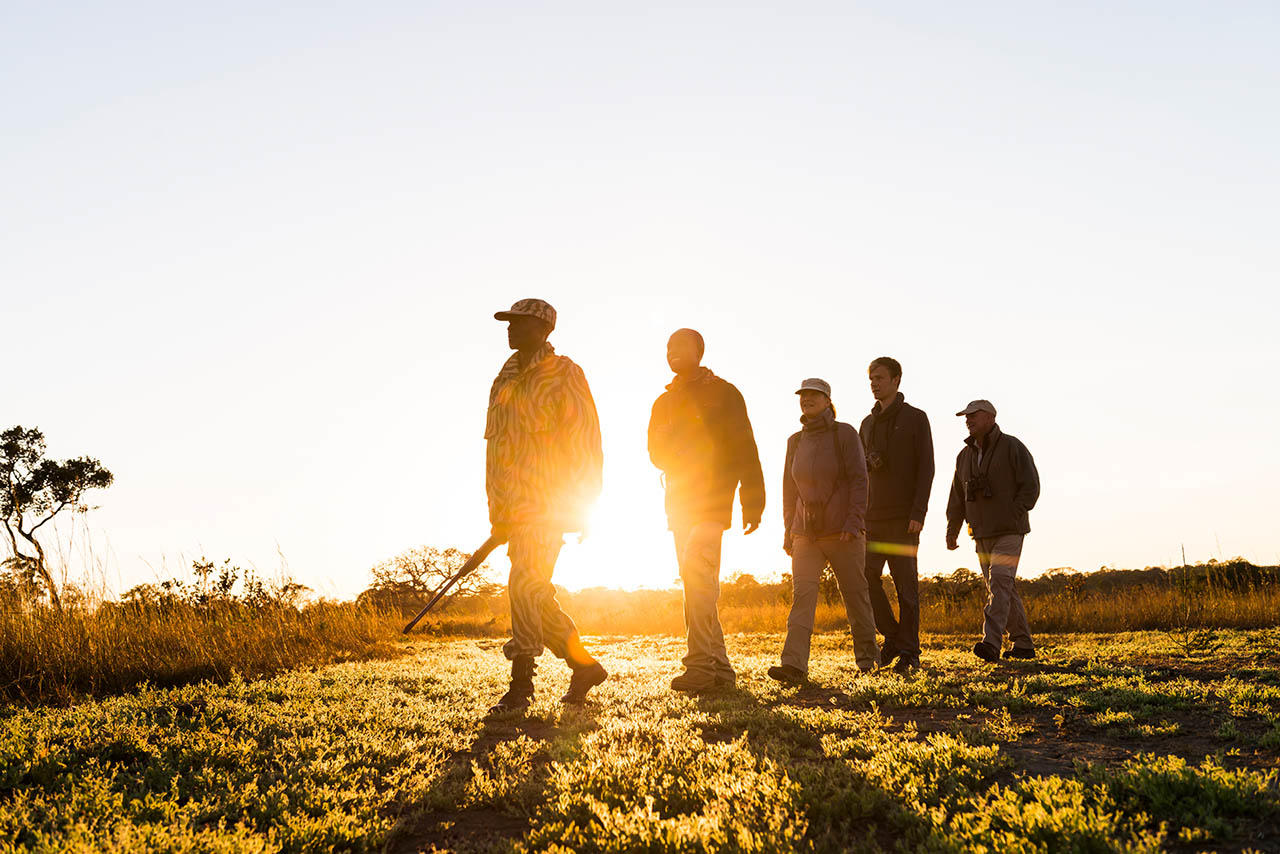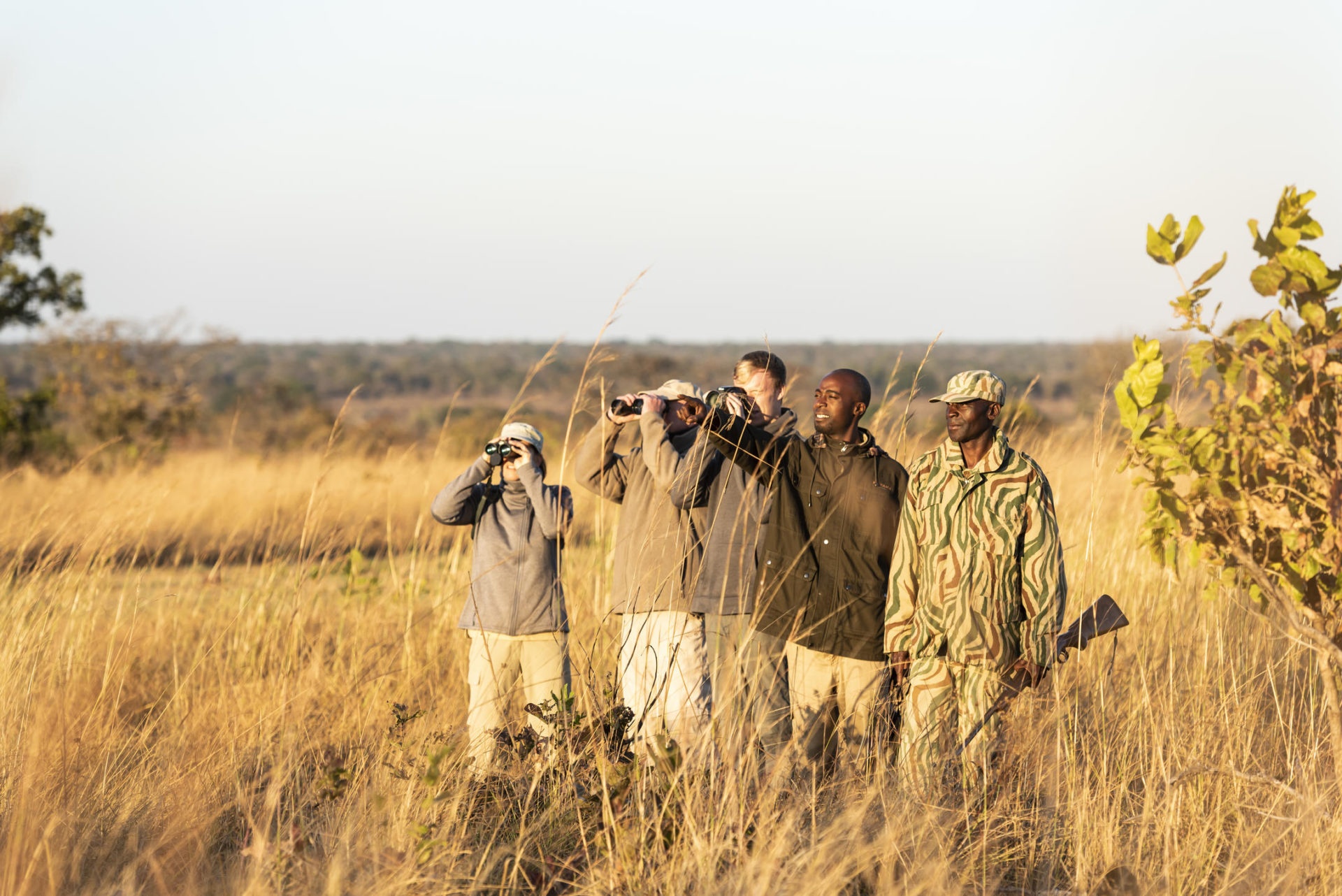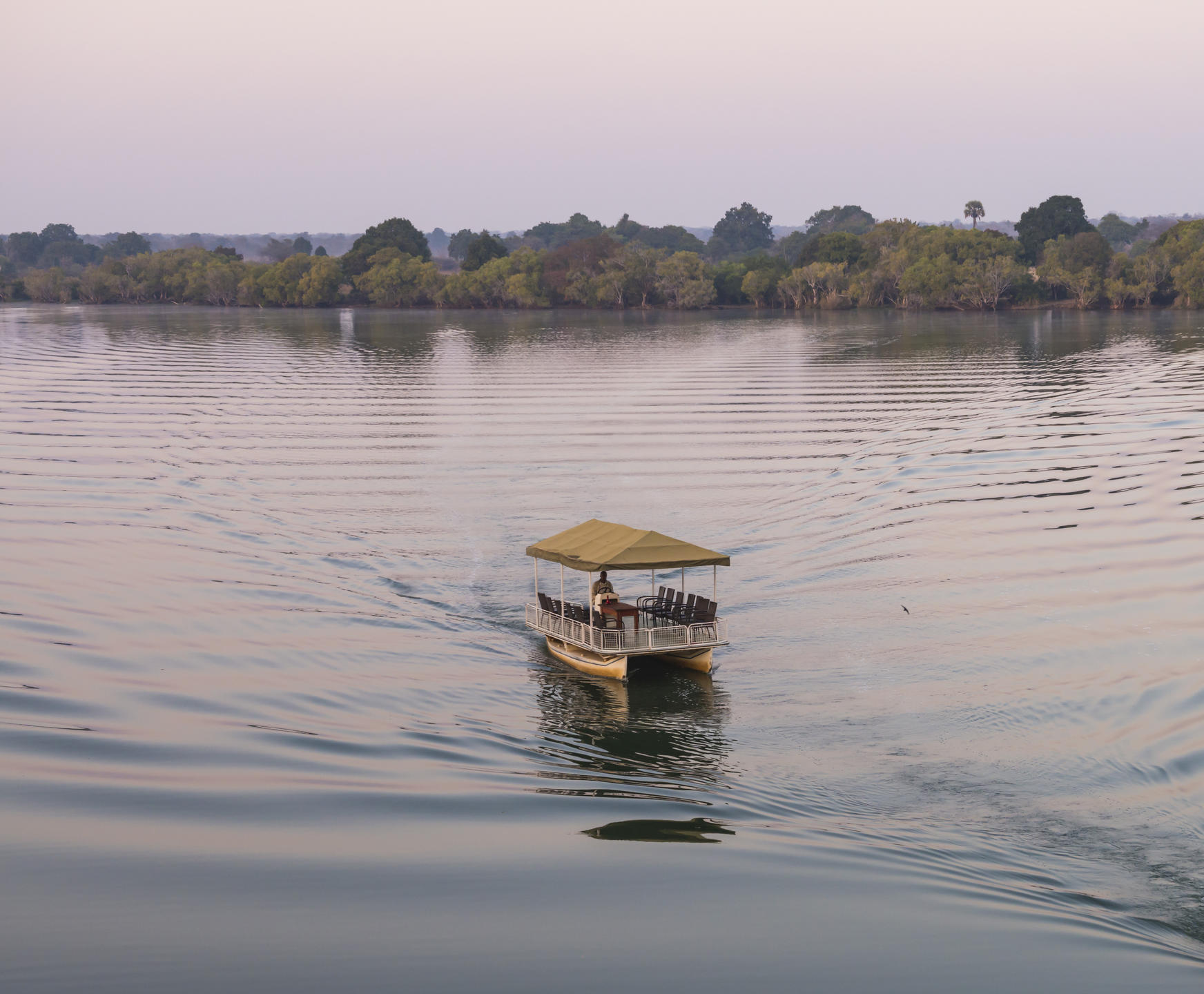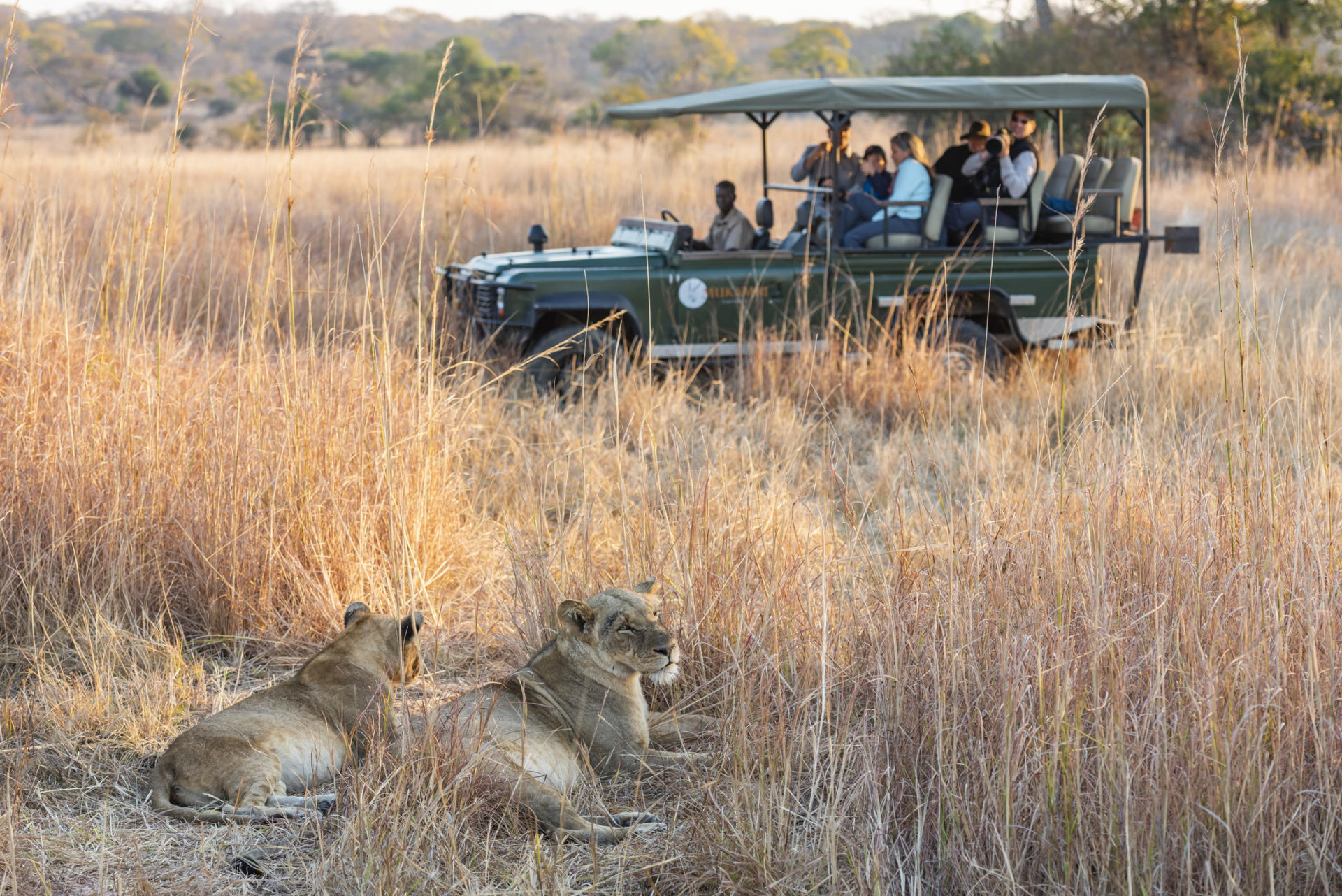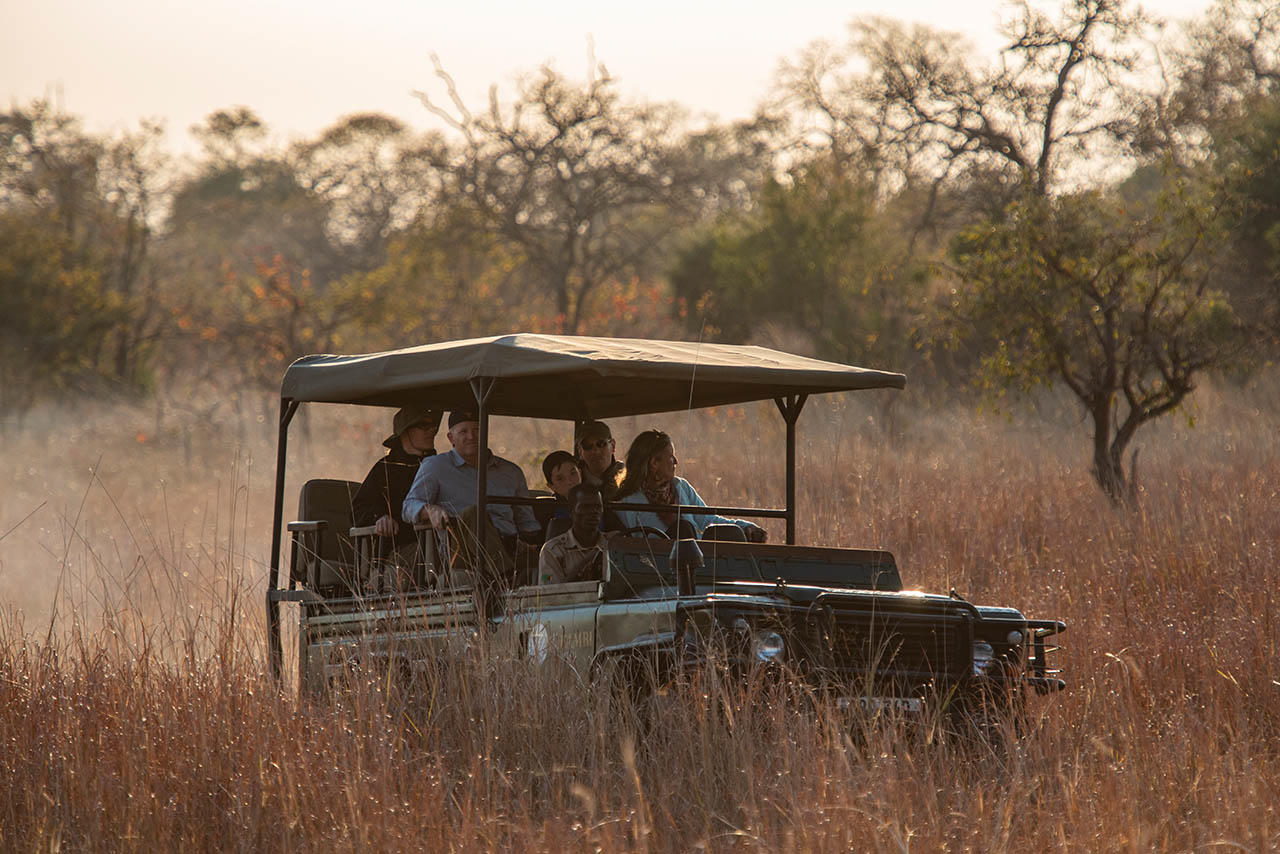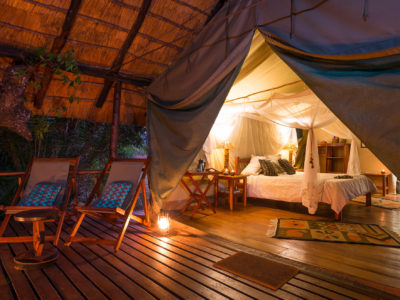Sports & nature
The Kafue is not about the sheer numbers of wildlife you see, it is about the diversity of wildlife you see. This is not to say the Kafue does not have healthy populations of many of the more charismatic species of animals, because it does, but if you are looking for the ‘Big 5 in 24 hours’ experience then you will miss the point of this special place.
The Kafue is home to more species of ungulate than any national park south of the Congo Basin. Rare and elusive antelope such as the blue and yellow-backed duiker occur in the thickets, sitatunga and lechwe in the swamps, roan, sable and hartebeest in the miombo woodlands, the list goes on.
The park is regarded by those who know it as one of the best places in Africa to find leopards. In certain areas and at certain times of the year these secretive and elusive predators are frequently seen, especially on night-drives (allowed in the Kafue) and even from afternoon boat cruises along the Kafue River in the hotter months when leopard come down to drink.
A rarity for Zambia is the cheetah. Cheetah can not be found in the Luangwa or Zambezi national parks and only occur in the west of Zambia, with Liuwa Plains and the Kafue holding the last viable populations of this rare and charismatic predator. In the Kafue cheetah are not solely restricted to the plains, in fact, they do very well in mixed woodland and riverine areas, where they can be found preying on puku and impala, amongst others.
Cheetahs are found throughout the Kafue, from Nanzhila in the south to the Busanga in the north.
The African wild dog is a highly sought after species for wildlife tourists; these exceptionally rare and elusive predators are not easy to find, however, the Kafue has what some might say the largest population of this species compared to any other national park in Africa. Packs can be found on both sides of the Kafue River and in almost all habitat types, from dense woodland to riverine and dambo areas. This species has started to receive much needed and warranted interest in the Kafue from various conservation organizations, as such in 2011 the Zambian Carnivore Programme began baseline studies of wild dog in the Kafue and look set to continue its good work for the foreseeable future.
The Kafue River and its tributaries themselves are a hive of activity and home to pods of hippo and some of the largest crocodiles in southern Africa. As the bush dries out towards August and September it is not uncommon to watch elephant frolicking in the water and swimming from bank to bank, with their trunks holding on to the tails of the individuals in front.
The Kafue has a reputation for a history of poaching. Simply put, during the 80’s the last Black Rhino was poached, the Kafue had one of the largest populations of rhino in Africa, and today not one exists. The elephant in the late 60’s numbered approximately 60,000 in the Kafue, today estimates are at 4,000. It is worth noting however that this is not solely a Kafue problem and that in fact rhino was decimated from every single Zambian reserve, and elephant numbers have been and continue to be reduced in all parks throughout most of Africa.
Today we see a different trend, and the last decade has seen real concerted efforts from the Wildlife Authorities and park operators to look after the park’s natural resources, and this has seen an increase in game numbers and sightings to levels not seen for many years. The Kafue is on its way up once more and will continue to become a leading wildlife destination for Zambia and southern Africa as a whole.
There are few parks in Africa in which sightings of these more unusual species are so possible: pangolin, bushpig, spring hare, monitor lizards, aardvark, numerous mongoose spp. (selous, white-tailed, marsh, etc.), civet, serval, caracal, wild cat, bush baby, grysbok, oribi, roan, honey badger, otters, sitatunga… the list goes on and in fact, stops only at 158 recorded species of mammal!
The Kafue is not about the sheer numbers of wildlife you see, it is about the diversity of wildlife you see. This is not to say the Kafue does not have healthy populations of many of the more charismatic species of animals, because it does, but if you are looking for the ‘Big 5 in 24 hours’ experience then you will miss the point of this special place.
The Kafue is home to more species of ungulate than any national park south of the Congo Basin. Rare and elusive antelope such as the blue and yellow-backed duiker occur in the thickets, sitatunga and lechwe in the swamps, roan, sable and hartebeest in the miombo woodlands, the list goes on.
The park is regarded by those who know it as one of the best places in Africa to find a leopard. In certain areas and at certain times of the year these secretive and elusive predators are frequently seen, especially on night-drives (allowed in the Kafue) and even from afternoon boat cruises along the Kafue River in the hotter months when leopard come down to drink.
A rarity for Zambia is the cheetah. Cheetah can not be found in the Luangwa or Zambezi national parks and only occur in the west of Zambia, with Liuwa Plains and the Kafue holding the last viable populations of this rare and charismatic predator. In the Kafue cheetah are not solely restricted to the plains, in fact they do very well in mixed woodland and riverine areas, where they can be found preying on puku and impala, amongst others.
Cheetah are found throughout the Kafue, from Nanzhila in the south to the Busanga in the north.
The African wild dog is a highly sought after species for wildlife tourists; these exceptionally rare and elusive predators are not easy to find, however the Kafue has what some might say the largest population of this species compared to any other national park in Africa. Packs can be found on both sides of the Kafue River and in almost all habitat types, from dense woodland to riverine and dambo areas. This species has started to receive much needed and warranted interest in the Kafue from various conservation organizations, as such in 2011 the Zambian Carnivore Programme began baseline studies of wild dog in the Kafue and look set to continue its good work for the foreseeable future.
The Kafue River and its tributaries themselves are a hive of activity and home to pods of hippo and some of the largest crocodiles in southern Africa. As the bush dries out towards August and September it is not uncommon to watch elephant frolicking in the water and swimming from bank to bank, with their trunks holding on to the tails of the individuals in front.
The Kafue has a reputation for a history of poaching. Simply put, during the 80’s the last Black Rhino was poached, the Kafue had one of the largest populations of rhino in Africa, and today not one exists. Elephant in the late 60’s numbered approximately 60,000 in the Kafue, today estimates are at 4,000. It is worth noting however that this is not solely a Kafue problem and that in fact rhino were decimated from every single Zambian reserve, and elephant numbers have been and continue to be reduced in all parks throughout most of Africa.
Today we see a different trend; and the last decade has seen real concerted efforts from the Wildlife Authorities and park operators to look after the park’s natural resources, and this has seen an increase in game numbers and sightings to levels not seen for many years. The Kafue is on its way up once more and will continue to become a leading wildlife destination for Zambia and southern Africa as a whole.
There are few parks in Africa in which sightings of these more unusual species are so possible: pangolin, bushpig, spring hare, monitor lizards, aardvark, numerous mongoose spp. (selous, white-tailed, marsh, etc.), civet, serval, caracal, wild cat, bush baby, grysbok, oribi, roan, honey badger, otters, sitatunga… the list goes on and in fact stops only at 158 recorded species of mammal!

